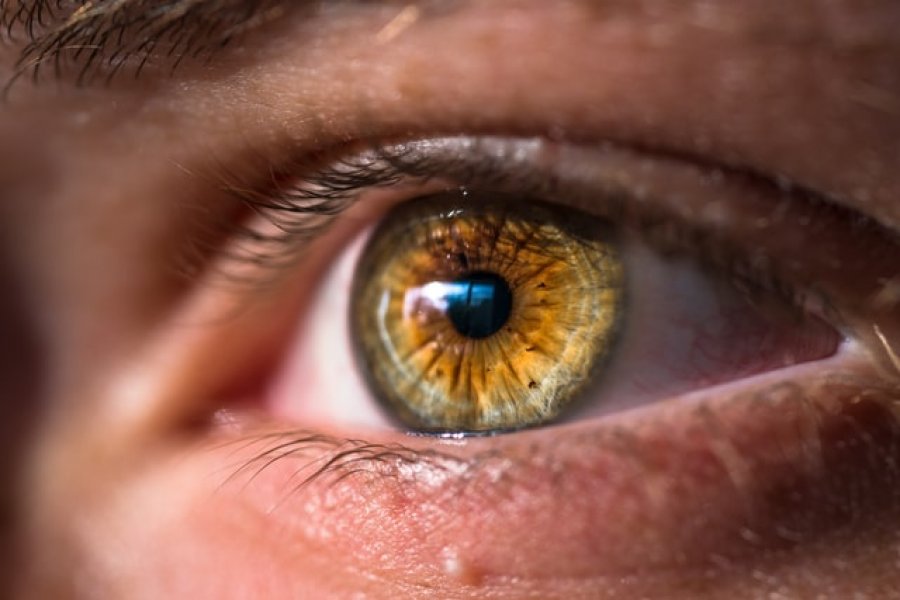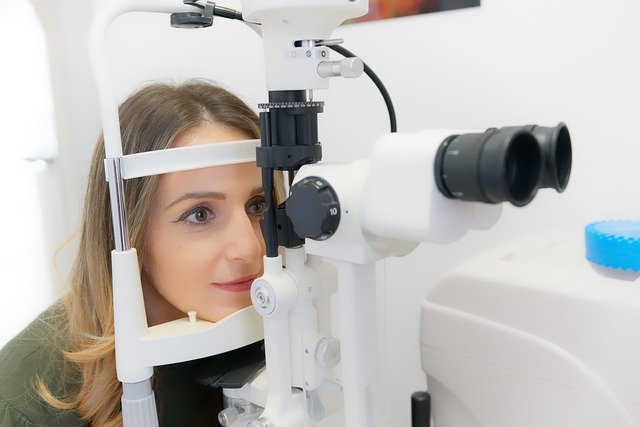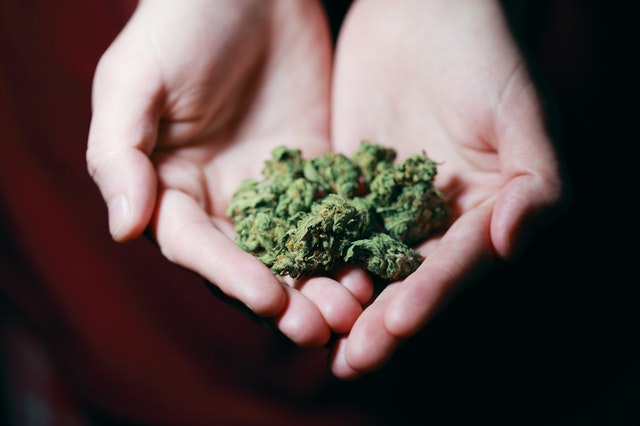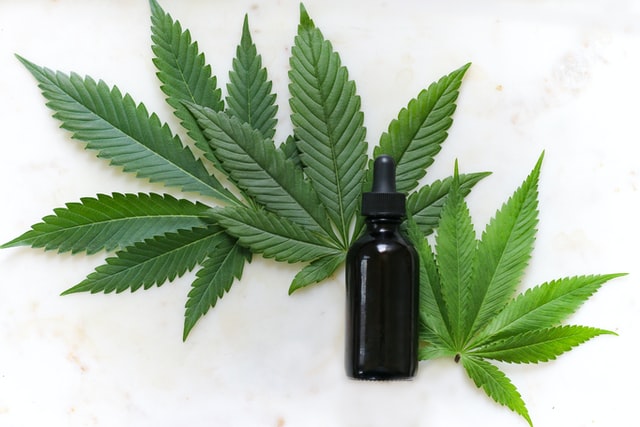
Are you looking for information about cannabis for glaucoma?
Medical marijuana can help you deal with a variety of medical conditions. As more research is being put into the benefits of medical cannabis, the use of this plant and its extracts is gaining popularity around the world.
In Hawaii, the use of medical marijuana is regulated. After the starting point of these regulations, more and more medical practitioners have put cannabis into use. However, in doing so, they must adhere to the list of qualifying conditions for which medical marijuana is permitted.
This list of qualifying conditions includes cancer, lupus, epilepsy, PTSD, as well as glaucoma. That condition has been on the list since it was created. Other conditions have been added later; for instance, PTSD was incorporated effective July 1, 2015.
In this article, we'll examine the relationship between glaucoma and medical cannabis. You’ll learn about the main benefits and risks associated with the use of medical marijuana for glaucoma in Hawaii.

The Starting Point: Glaucoma
Glaucoma is a group of medical conditions that have one thing in common: the optic nerve is damaged. In many cases, this damage is caused by abnormally high pressure in the eye. While it can occur at any age, it’s most frequently experienced by older adults.
The two main types of this condition are open-angle glaucoma and angle-closure glaucoma. The majority of people with open-angle glaucoma are asymptomatic. Their first symptoms may arise later when the disease has already progressed.
However, the symptoms of angle-closure glaucoma have a faster onset. The damage is quicker and people experiencing sudden symptoms are encouraged to seek immediate medical care.
Here are the common symptoms of angle-closure glaucoma:
- Loss of vision
- Vomiting and nausea
- Eye pain
- Blurred vision
- Red eyes
- Headache
- Seeing halos around lights
The risk factors for glaucoma include age, family history, and accompanying medical conditions like diabetes, short-sightedness, and long-sightedness.
How Does Medical Cannabis Affect Glaucoma?
Clinical studies have shown that marijuana and its cannabinoids can reduce intraocular pressure (IOP). The increased intraocular pressure is a key mechanism behind nerve damage in glaucoma patients.
This has been true regardless of how the cannabinoids are administered: intravenously, orally, or by inhalation. However, cannabinoids have not been shown to affect IOP when applied directly to the eye.
Marijuana has been shown to reduce IOP in both glaucoma patients and healthy adults. In most studies, a single dose of cannabis or a cannabinoid held its effects for 3-4 hours. But the researchers are yet to find a detailed explanation for this IOP-reducing effect.
However, it’s important to understand that eye pressure needs to be controlled on a round-the-clock basis. Since a single dose of cannabis has beneficial effects for just 3-4 hours, you would have to ingest medical marijuana again and again throughout the day.
According to the American Academy of Opthalmology, scientists have found that the intraocular pressure increase in the fluid at the front of the eyes isn’t the only cause behind glaucoma. Some evidence has been found to show that reduction in the optic nerve’s blood flow may cause damage in glaucoma as well.

This is an important point: medical cannabis lowers the blood pressure throughout your body. In theory, marijuana can lower the blood flow to your optic nerve as well. That would completely cancel out the benefit of a decrease in IOP.
The benefits of CBD for glaucoma are still under debate. A study published in Investigative Ophthalmology & Visual Science showed how CBD raised the pressure in the eyes by 18% for at least four hours in rats.
Since these were not human test subjects, it’s impossible to say whether these findings are relevant. But these animal tests still hold significance for medical practitioners, raising some caution regarding the use of CBD and other cannabinoids in glaucoma patients.
What are the Risks of Medical Marijuana for Glaucoma?
Leaving aside the dispute over the direct benefits of medical cannabis to people suffering from glaucoma, there are some general facts that you should know about medical marijuana use.
There is always the possibility of side effects. Not all people experience unwanted effects, but depending on your unique circumstances, you should expect to have to deal with them.
The efficacy and potential for side-effects depend on a variety of factors. These include your genetic makeup, age, gender, weight, and lifestyle. It’s important not to base your expectations for the treatment on the experiences of your friends, co-workers, or family. You could have an entirely different experience.

Here are the most common side effects of medical cannabis in glaucoma patients:
- Rapid heartbeat
- Decreased blood pressure
- Concentration difficulties, difficulty solving daily tasks
- Feeling dizzy and disoriented
- Unstable and shifting moods
- Hallucinations
- Dry mouth and throat
- Urinary retention
As a glaucoma patient, you can never be too sure of the particular response you’ll have to medical marijuana. Pay close attention to your symptoms and let your doctor know of any side-effects you may be experiencing.
Furthermore, it’s essential to conduct an analysis of what medications you are taking prior to starting a treatment plan with medical marijuana. This is because cannabis could affect the efficacy or side effects of any sedatives and other drugs that you may be taking.
In a Nutshell: Medical Marijuana and Glaucoma
Medical marijuana, in its many forms, has been shown to reduce intraocular pressure (IOP) in glaucoma patients. However, there is some debate as to whether medical cannabis products may have detrimental effects on the progress of glaucoma as well.
If you are a person suffering from glaucoma in Hawaii, you should consult with your physician about the medical marijuana options available. Make sure to get an assessment regarding the use of any other drugs in order to prevent negative interactions between medical marijuana and other substances.